Can coronary heart disease be cured?
Before answering the question of whether coronary heart disease can be cured it is important to clarify what coronary heart disease is.
The gold standard for the diagnosis of coronary artery disease: Coronary artery imaging reveals that one or more segments of the left main coronary artery or any of the left anterior descending, left circumflex, or right coronary arteries have a stenosis of more than 50%, which can be diagnosed as coronary artery disease.
Definition of coronary heart disease: heart disease caused by atherosclerosis of the coronary arteries, which narrows or blocks the lumen, leading to myocardial ischemia and hypoxia, and it is collectively referred to as coronary heart disease, along with functional changes in the coronary arteries, i.e., coronary artery spasmsCHD, referred to as coronary heart disease.
1. The first half of the definition of coronary heart disease refers to:
Because of the many risk factors that can lead to coronary atherosclerosis, such as uncontrolled hypertension, hyperlipidemia, especially hypercholesterolemia, diabetes mellitus, as well as long-term heavy smoking, family history of cardiovascular and cerebral vascular diseases in early life, etc.; the plaque that causes coronary atherosclerosis increases to the point that the narrowing or even occlusion of the lumen of one or more coronary arteries is greater than 50 percent.
Coronary angiography results of atherosclerosis caused by stenosis less than 50% can not be called coronary heart disease, can only be called coronary artery atherosclerotic lesions. If the coronary artery stenosis of more than 50% of the general doctor will give you a prescription statin drugs, if the drugs to make low-density lipoprotein cholesterol LDL down more than 50%, not only so that the plaque is no longer "crazy growth" to become more stable and less likely to rupture and trigger a myocardial infarction, due to the core lipids in the plaque, the main component of the LDL LDL, the main component of core lipids in plaques, drops significantly by more than 50% of its original value, and may even make plaques smaller and reverse, if the original stenosis is only mildly more than 50%, due to the narrowing of plaque mechanization to make the stenosis to less than 50%, the coronary heart disease hat will not be put on. This is still often found in the clinic.
If we look at it from this point of view alone, it should be theoretically possible to say that coronary heart disease has been cured without wearing a coronary heart disease hat. However, atherosclerosis still exists, only from its pathological changes in the morphological changes can be said to cure coronary heart disease. Therefore, the risk factors that cause atherosclerosis should be strictly controlled, and statins should be taken consistently. Hypertension, hyperlipidemia, diabetes mellitus must still be strictly controlled, including smoking cessation. In order to prevent further development of atherosclerosis condition is called coronary heart disease, the development of even angina pectoris or myocardial infarction can occur.
Of course those with more than moderate coronary artery stenosis, such as more than 75% or more even if they take statins, probably only a very small number of people may be able to make the stenosis reversed and less than 50%. But statins make LDL drop after reaching the standard, can indeed make plaque no longer grow and make it tend to stabilize and not easy to rupture, to prevent angina pectoris or myocardial infarction; at least you can say that coronary heart disease has been effectively controlled. To be able to do this is a kind of hope and confidence for patients with coronary heart disease.
2. The second half of the definition of coronary heart disease refers to:
Functional coronary artery disease (not related to coronary atherosclerosis atherosclerotic plaque increase and lead to stenosis) that is, coronary artery spasm can also lead to myocardial ischemia, and even due to spasm produced by the shear force (towel-like torque) leading to plaque rupture is the main cause of plaque rupture, due to the rupture of plaques and blood flow through the rupture of the rough surface of the platelets are activated and form a thrombus that completely blocked the lumen of the blood vessel, resulting in a myocardial infarction.
Even if there is no plaque of the coronary artery, if persistent spasm 10-20 minutes can also occur in the myocardium due to complete interruption of blood supply and infarction, which in the 1980s out of the United States in the 16 thirty, 22 medical sites for public sudden death of all people must be cadaveric, and later found that in the many deaths of myocardial infarction among the people, there are 226 individuals with myocardial infarction foci of coronary arteries did not before Found that the coronary artery before myocardial infarction foci of 226 people did not thrombosis, the only explanation was that the coronary artery spasm for a long period of time and lead to myocardial ischemia and infarction. Since then, the cardiovascular community has had the "term" coronary artery spasm. Myocardial infarction caused by coronary artery spasm alone accounts for about 10% of patients with acute myocardial infarction.
Most people listen to don't plaque as talk about tiger color, in fact, plaque is not so easy to break. About the cause of plaque rupture, books analyze nearly a dozen reasons, but there is no one exact way to say. Take the serious stenosis of coronary artery is caused by a large number of forms of plaque accumulation, there are soft plaque, hard plaque, mixed plaque, calcified plaque, etc., especially partially buried in the myocardium under the myocardial bridge within the plaque, every day with the heart contraction of nearly one hundred thousand times, the plaque did not rupture. The ability to rupture the plaque is often associated with coronary artery spasm that produces tremendous shear forces. Therefore coronary artery spasm may be the most dangerous and direct factor in the occurrence of acute infarction.
Because this functional lesion, coronary artery spasm, produces the same result as atherosclerosis, which leads to myocardial ischemia and myocardial infarction due to narrowing or blockage of the lumen. This is why coronary artery spasm is included in the definition of coronary heart disease. Therefore, the human personality and mood and the occurrence and development of many cardiovascular diseases often have a close relationship with the overlap and intersection, such as hypertension, atherosclerosis and the occurrence of cardiovascular thrombotic events, a variety of rapid-type arrhythmia and sometimes fatal ventricular fibrillation and so on.
Coronary artery spasms can occur on the basis of the presence of atherosclerotic lesions of the coronary arteries or against the background of the absence of any coronary atherosclerosis without atheromatous plaques. So what can be done to prevent coronary artery spasm? In fact, people prone to coronary artery spasm and its character, behavior has a close relationship, especially those who are impatient, impulsive, competitive belong to the type of sympathetic excitement in emotional stimulation can be through the hypothalamus a pituitary adrenaline axis is more likely to occur in the role of emotional factors, so that the human body secretes a large amount of adrenaline and norepinephrine blood concentrations rise suddenly induced coronary artery spasm. Secondly, tobacco and alcohol are also prone to induce coronary artery and cerebral artery spasm leading to myocardial infarction and cerebral infarction.
Therefore, from the coronary artery spasm caused by "coronary heart disease", unless you can control your own emotions, or this "coronary heart disease" hat may hang over your head for the rest of your life. Therefore, from another point of view, coronary heart disease is also a kind of "heart disease" to a certain extent.
2021.11.24

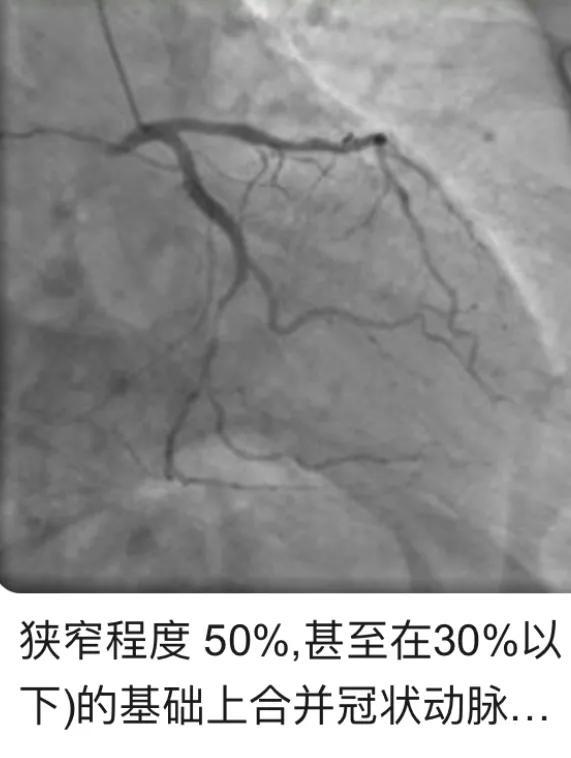



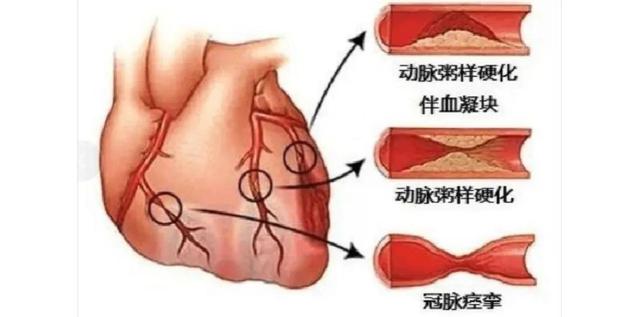
What do you mean by cure?
Is it the disappearance of the patient's clinical symptoms?
Is the patient showing normal results on all tests?
Is it that the patient's symptoms go away, tests are normal, and they don't recur in the future?
The three commonly imagined concepts of healing are endings of completely different difficulty, some of which are attainable and some of which are impossible, and we must distinguish between each of them.
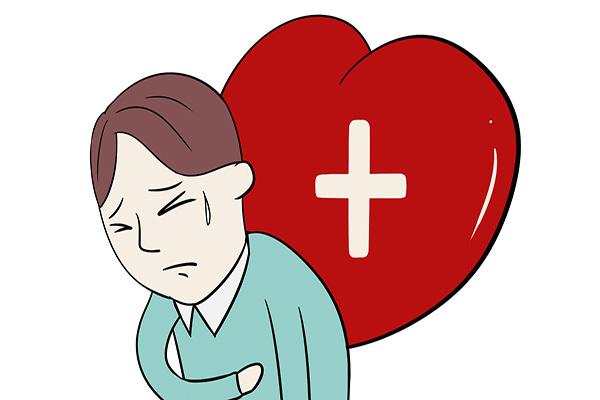
Coronary heart disease is a chronic condition and treatment has always been a challenge!
In fact, many people have misconceptions about curing, and they do not talk about curing in three words, but in fact, there is no concept of curing at all. These people often lack common sense in medical treatment, and they only assess the disease because of the sensation of the body surface, or it occurs, or it aggravates, or "or it is cured".
However, the symptoms of the disease are not fixed, some patients, because of congenital physical problems, may even be very sick, still do not have too obvious symptoms, how can such patients be detected in advance? How can such patients be detected in advance? It is even more impossible to use this as a criterion for judgment.
At present, the treatment taken by the patients are drug therapy, patients on the one hand regularly take the relevant drugs (anticoagulant, lipid regulation), on the other hand, actively carry out exercise, dietary changes, but the results are not as good as imagined, the patients in taking a period of time for review of the drug will find that: "the condition has not improved, ask the doctor will get the lifelong medication recommendations "The patient's condition cannot be effectively treated and can only be controlled by long-term medication to avoid rapid aggravation.
When the patient's condition aggravates to the final stage, the patient will face the end of stenting or bypass, when the patient's severely blocked blood vessels will be artificially expanded by the stent to restore the normal blood supply to the myocardium, but in reality it is only temporary, the patient's clinical symptoms have disappeared, but it can not be said to be cured, because with the passage of time, the patient will still be stenosis again, continue to face the relevant choices, stenting and bypass are only first aid measures! Stents and bypasses are only emergency measures, and the normalcy they bring to the patient is only a temporary illusion.
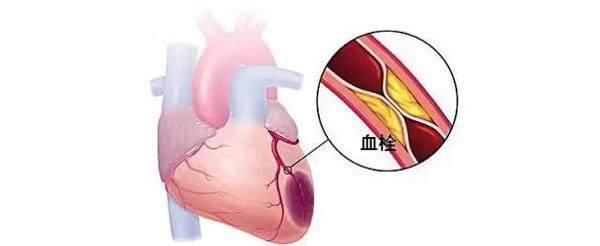
Some can be "cured", but only clinically!
A clinical cure should be the best possible outcome, in real life, compared to a temporary recovery.
The patient's symptoms are relieved to a certain extent, or even disappear, while the indicators of various tests are restored or improved, and the risk factor is greatly reduced, which is called clinical cure.
This part of the coronary heart disease patients who can achieve clinical cure effect, mainly in the etiology of the differences, the root cause of their problems lies in the spine, the existence of lesions on the spine continues to press and stimulate the sympathetic nerves, which in turn makes the corresponding blood vessels spasm contraction, smooth muscle local tear bleeding, accelerate the formation of plaque thrombus, and then block the blood vessels impede the circulation of the blood flow.
We just need to take a two-pronged approach, targeting both the lesion and the nerve at the same time, which can immediately improve the clinical symptoms and at the same time fundamentally restore the blood circulation, avoiding subsequent continuous aggravation and recurrence, and achieve the goal of clinical cure.
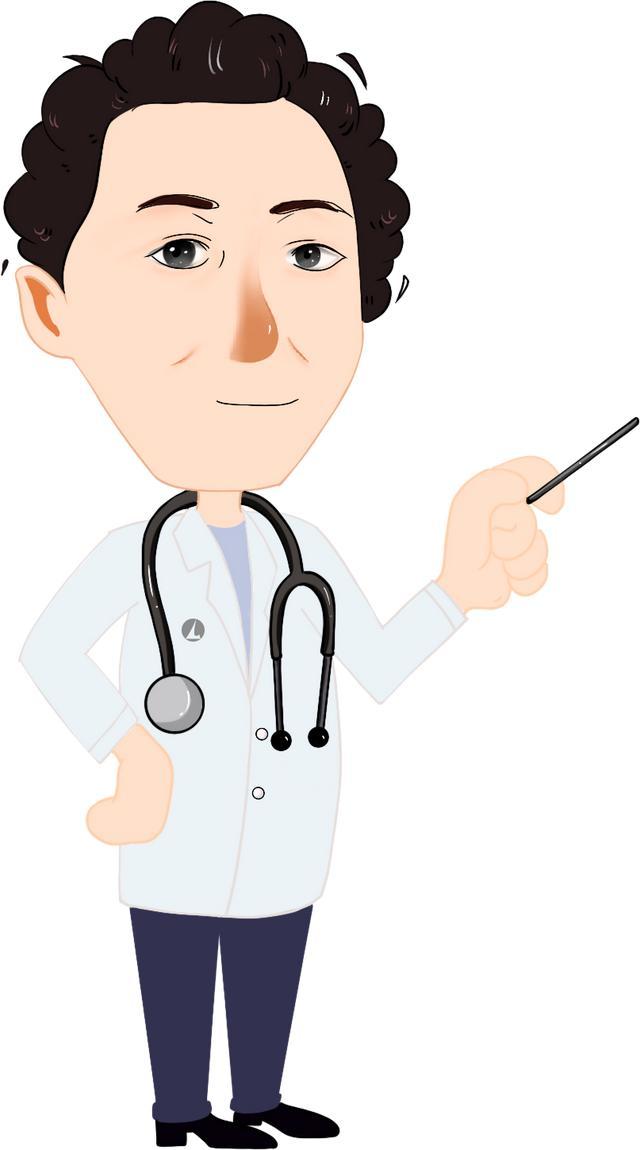
I hope my science will help you!
If there's anything you don't understand, let me know in a private message!
This question and answer are from the site users, does not represent the position of the site, such as infringement, please contact the administrator to delete.